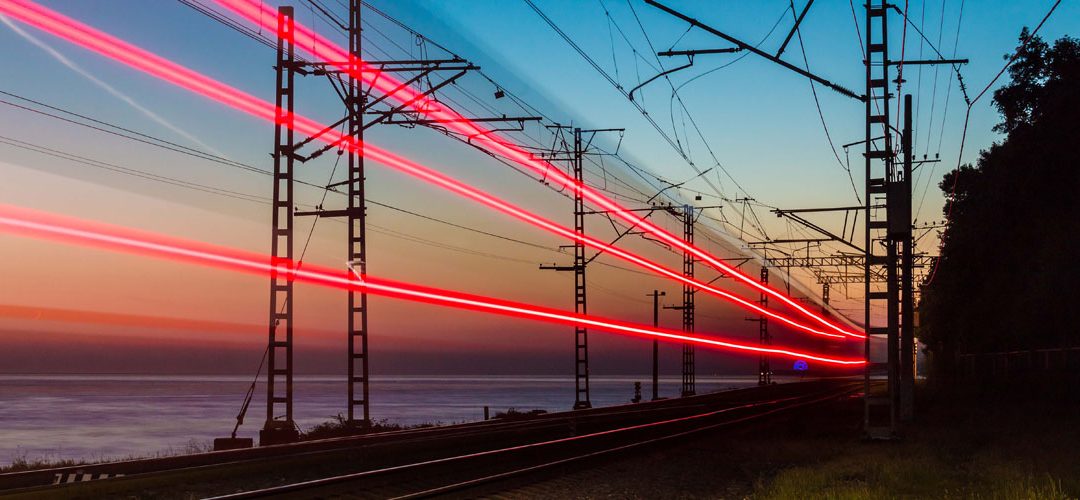In December 2019, Deutsche Bahn officially announced that it would open up its fiber optic network, which is already laid along more than half of all rail routes in Germany, to third parties. This is because the company currently only uses a small part of the capacity of its fiber optic network itself.
The fiber optic lines previously unused by Deutsche Bahn, also known as “dark fiber”, are now being marketed on a non-discriminatory basis by a specially founded subsidiary – DB broadband GmbH. According to Deutsche Bahn, the first projects have already been implemented nationwide in a pilot phase over the course of 2019.
Deutsche Bahn currently has a fiber optic network of more than 20,000 kilometers in length, which, due to its location along the railroad lines, also runs in very rural and remote areas and can contribute to improving the supply of high-speed Internet connections for citizens and companies / tradespeople. By 2027, the Group intends to extend the fiber optic network to cover all of the approximately 33,400 kilometers of rail in Germany and launched a corresponding tender in November 2020.
The connection to the railroad’s fiber optic network is made via so-called sleeves, which are located every two kilometers or so along the tracks. Alternatively (and for a fee), the railroad also enables the connection to its fiber optic network at a special (and newly constructed) transfer point, which must be located around five to ten meters to the side of the railroad tracks – namely at the railroad property boundary.

Graphic: DB Networks
Deutsche Bahn also rents out space and masts
In addition to dark fiber, DB broadband also leases DB-owned areas along the railroad lines, which can be used by mobile communications companies, for example, to erect radio masts for further mobile communications expansion – especially with LTE and 5G. Deutsche Bahn also offers its own masts erected for GSM-R (“train radio”) coverage for shared use by third parties.
Background: In order to meet the requirements of the Federal Network Agency associated with the allocation of mobile frequencies in 2015, mobile operators must, among other things, provide all rail routes with more than 2,000 passengers per day with at least 100 Mbit/s by the end of 2022 and all other rail routes with at least 50 Mbit/s by the end of 2024.
Railroad line crossings can now be applied for online and are to be further accelerated
Deutsche Bahn has also introduced innovations in another aspect of broadband expansion: This concerns the crossing of railroad lines when telecommunications network operators, municipal companies, etc. have to cross railway lines, tracks or railway property during gigabit expansion. This involves crossing railroad lines when telecommunications network operators, municipal companies, etc. have to pass through railroad lines, tracks or railroad premises during gigabit expansion. Whereas a few years ago this was an extremely bureaucratic and time-consuming undertaking, today there is a separate “Telecommunications Crossing Guideline DB, Guideline 879”, which specifies a fixed procedure and clear responsibilities. For example, the processing of an application – assuming the documents are complete – should no longer take longer than a maximum of 12 weeks.
Since July 2020, it has also been possible to submit applications digitally on the Deutsche Bahn online portal for line crossings set up for this purpose. This should help to further speed up the application process.

